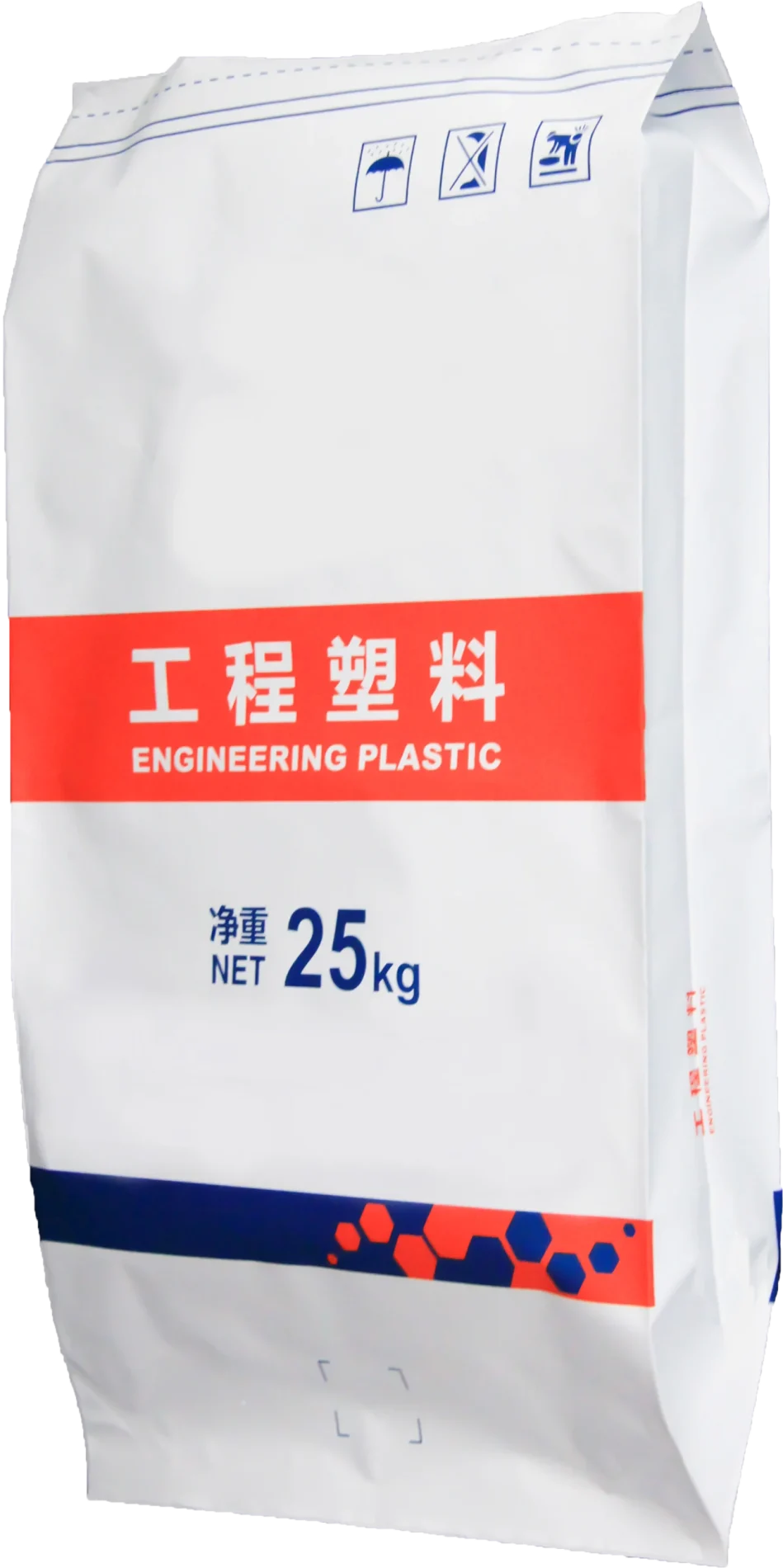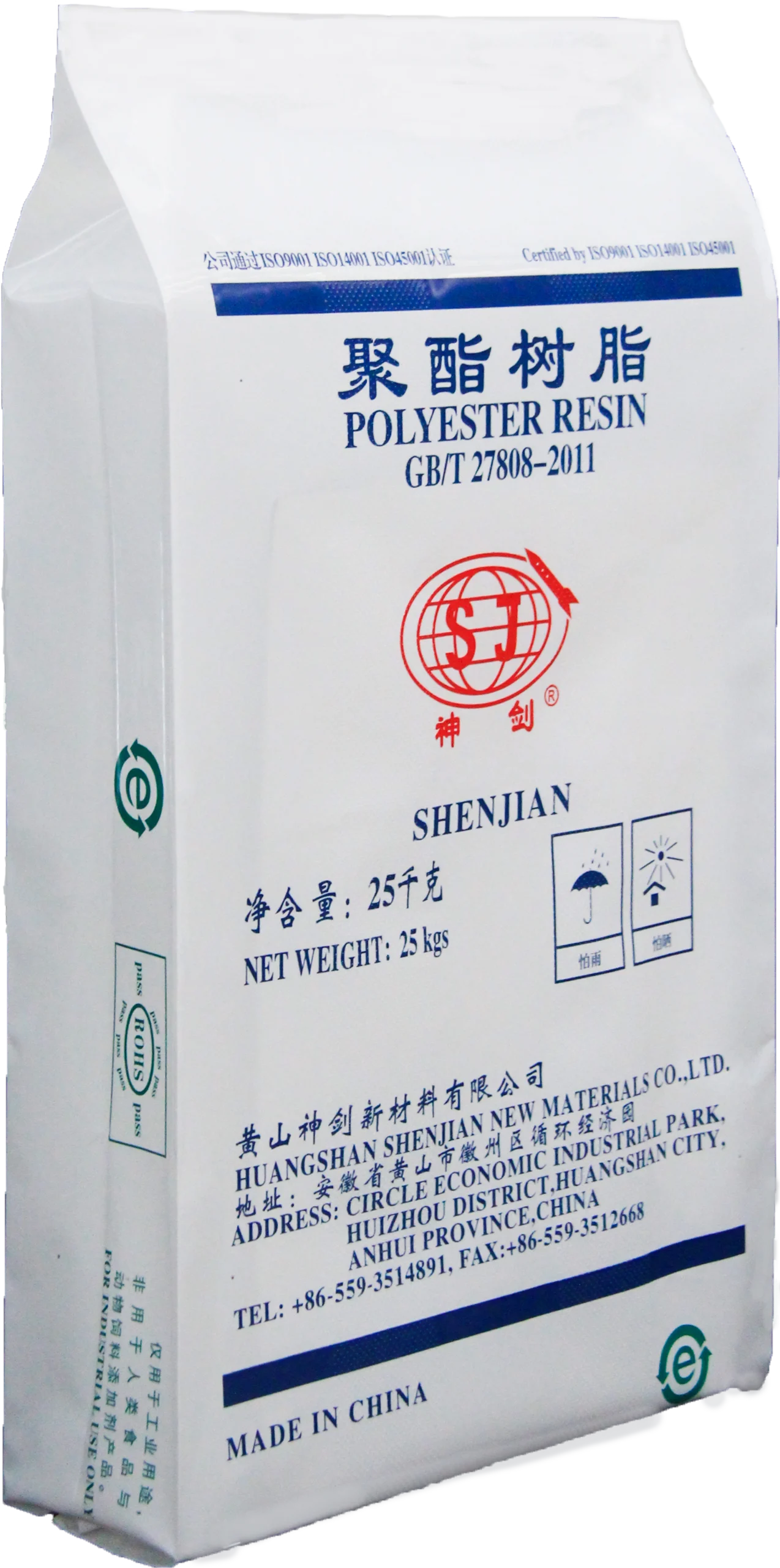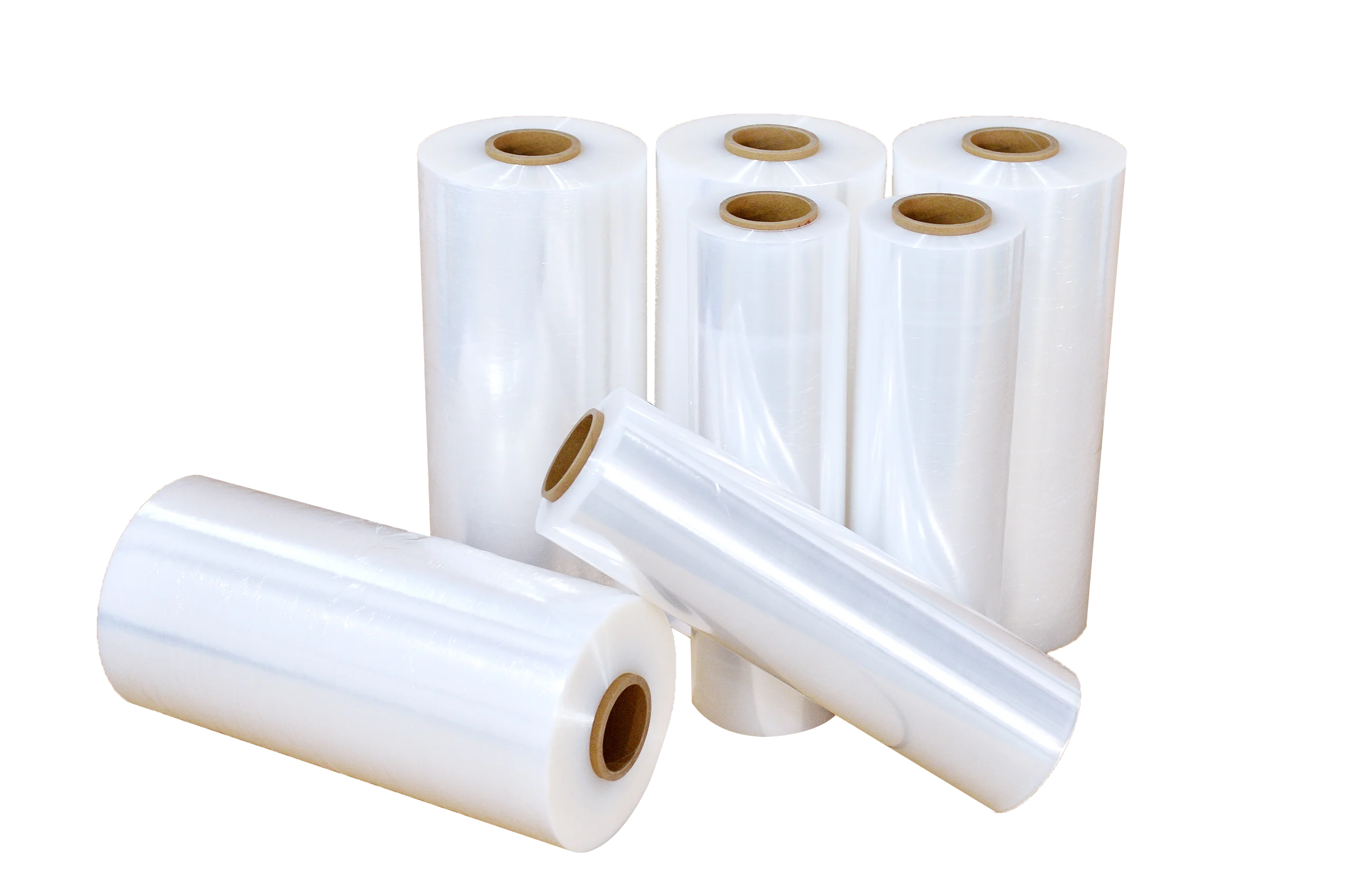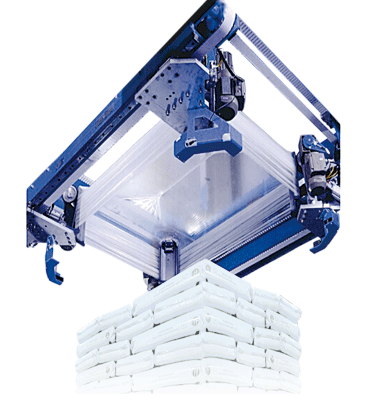

2023-02-14
In recent years, there has been a growing trend towards sustainability in the packaging industry, driven by increasing awareness of environmental issues and consumer demand for eco-friendly solutions. As a result, companies are under pressure to reduce their carbon footprint and adopt more sustainable practices in all aspects of their business, including packaging. Foil packaging is no exception, and manufacturers are adapting to meet the demand for sustainability in a variety of ways.
One of the key challenges in the foil packaging industry is the use of non-renewable resources. Foil is typically made from aluminum, a material that requires a significant amount of energy to extract and refine. In addition, the production of aluminum generates a significant amount of greenhouse gas emissions, contributing to global climate change.

To address this issue, many foil packaging manufacturers are exploring alternative materials that are more sustainable and environmentally friendly. For example, some companies are experimenting with biodegradable and compostable materials that can break down naturally and safely in the environment. These materials are often made from renewable resources like cornstarch, sugarcane, or bamboo, which can be grown and harvested in a sustainable manner.
Another approach to reducing the environmental impact of foil packaging is to use recycled materials. Aluminum is a highly recyclable material, with a recycling rate of around 50% in the United States. By using recycled aluminum in their packaging, manufacturers can reduce their reliance on virgin materials and lower their carbon footprint. In addition, recycling aluminum requires only 5% of the energy needed to produce new aluminum, making it a much more sustainable option.
In addition to using sustainable materials, foil packaging manufacturers are also exploring new ways to reduce waste and increase efficiency in their production processes. For example, some companies are investing in new technologies that allow for more precise cutting and shaping of foil, reducing the amount of material that is wasted during production. Others are implementing lean manufacturing principles to eliminate waste and optimize their production processes.
Another important aspect of sustainability in the foil packaging industry is product design. Companies are working to create packaging that is not only eco-friendly but also functional and aesthetically pleasing. For example, some manufacturers are creating packaging that is designed to be reused or repurposed, reducing waste and providing additional value to consumers. Others are designing packaging with features like easy-open seals or portion control, which can reduce food waste and promote healthier eating habits.
Despite these efforts, there are still challenges to overcome in the foil packaging industry. One of the biggest is the cost of sustainable materials and production processes. While demand for eco-friendly packaging is growing, many consumers are still unwilling to pay a premium for sustainable products. As a result, manufacturers must find ways to balance the need for sustainability with the need for affordability.
Another challenge is the lack of clear standards and regulations for sustainable packaging. While there are many different certifications and labels that can be used to identify eco-friendly products, there is no universal standard for what constitutes sustainable packaging. This can make it difficult for consumers to know which products are truly eco-friendly and which are simply using greenwashing tactics to appeal to environmentally conscious shoppers.
Despite these challenges, the trend toward sustainability in the foil packaging industry is expected to continue. As more consumers become aware of the environmental impact of packaging and demand more sustainable solutions, manufacturers will be under increasing pressure to adopt more eco-friendly practices. By investing in new materials, production processes, and product designs, the foil packaging industry can help reduce waste, conserve resources, and promote a more sustainable future for the planet.
In conclusion, the demand for sustainability in the foil packaging industry is driving significant changes in the way products are designed, produced, and marketed. By using sustainable materials, reducing waste, and promoting efficient production processes, manufacturers can meet the needs of environmentally conscious consumers and contribute to a more sustainable future for the planet.
Previous page:
Next page:What New Innovations Improve Foil Packaging’s Preservation?
More News

2025-12-20

2025-12-17

2025-12-15

2025-12-04

2025-11-28

2025-11-28

2025-11-21

2025-11-21



